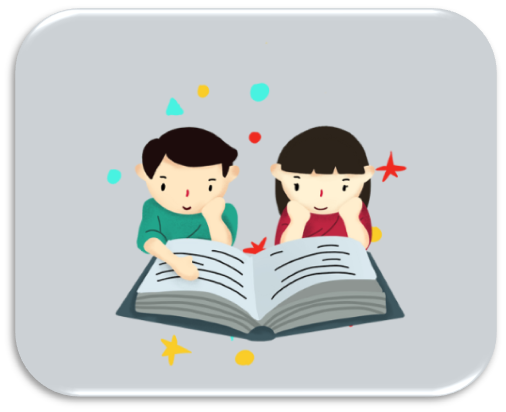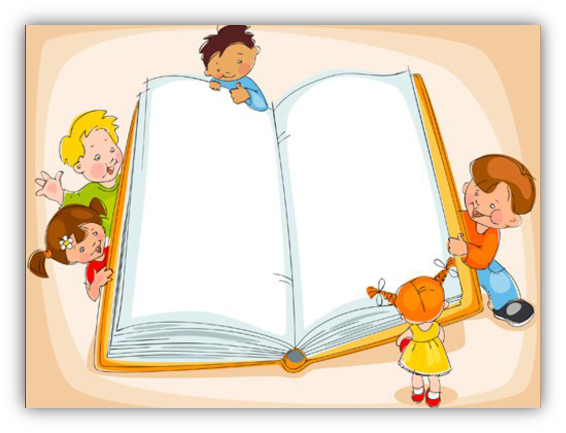Chinese reading ability for Singaporean children is not innate, but only by becoming independent readers can children truly possess basic reading abilities.
The formation of this ability largely depends on the degree to which parents attach importance to children’s reading and their ability to accompany and guide children in reading.

Brain development:
The development of all brain related functions, including visual, auditory, emotional control, language, social skills, numbers, and symbols, is maintained at its highest developmental speed before the age of 5.
The formation of habits (green line), emotional control (purple line), language (yellow line), hearing (dark blue), visual (white line), and related development of symbols (red line) are all fastest developed around the age of one year.
Numbers (black) and social skills (blue line) rapidly develop from one year old to around 3 years old, and thereafter maintain a high development rate even at the ages of 6 and 7.
It can also be seen that early education and positive interaction for babies are better!
Human reading ability is formed between the ages of 3 and 8. Before the age of 8, parent-child reading can help children accumulate reading experience, narrative experience, life experience, and acquire reading ability learning.
After children have acquired basic reading abilities, after the age of 8, they can further develop methods and skills for obtaining information through these basic reading abilities, that is, the ability to obtain information through reading. This ability is the foundation for people to learn various knowledge.
Therefore, parents need to grasp the critical period for children before the age of 8 to learn basic reading skills, and can guide the development of children’s reading and learning abilities from four aspects.
At the age of 3, people basically acquire their mother tongue, and at this time, their mother tongue is basically only spoken. They can communicate with adults in various aspects of daily life, but acquiring spoken language does not mean that children’s spoken language is rich enough.
Parents will find that in the same scene, different children have different descriptions and expression abilities towards things, and this difference in expression level can reflect the richness of children’s oral language.
The richness of spoken language determines whether children can match the spoken words they hear when they see written text, or whether they can express what is said in written language after hearing it. This is the basic ability for children to learn reading.
The Chinese reading ability for Singaporean children is established through interest and knowledge. In daily life, children can see various written and pictorial symbols, and naturally acquire a lot of knowledge about written language symbols. The most important way to obtain written language symbols is actually through early reading.

Picture books integrate pictures and text to describe a story, a life scene, and connect pictures and text. In early childhood reading, parents help children deepen their understanding of the written language meaning in picture books through interactive parent-child reading.
At the same time, they establish a love for reading, which is necessary preparation for becoming a good reader in the future.
When children begin to consciously pay attention to words, they will realize that symbols and words have unique characteristics in their writing forms. They know that Chinese characters are composed of components, that words have the function of recording and expressing, and that there is a certain relationship between pictures and words.
This awareness and cognition is a manifestation of children’s sensitivity to words, and is the foundation for children to distinguish and understand Chinese characters.
The cultivation and improvement of Chinese reading ability for Singaporean children can help them develop interest in learning reading and enter the stage of learning written language earlier.
Before paying attention to text, children find that pictures convey more information than words, and after entering written language reading, they will find that language and words can describe more content that the picture cannot reflect. This is a significant shift towards becoming an autonomous reader.
